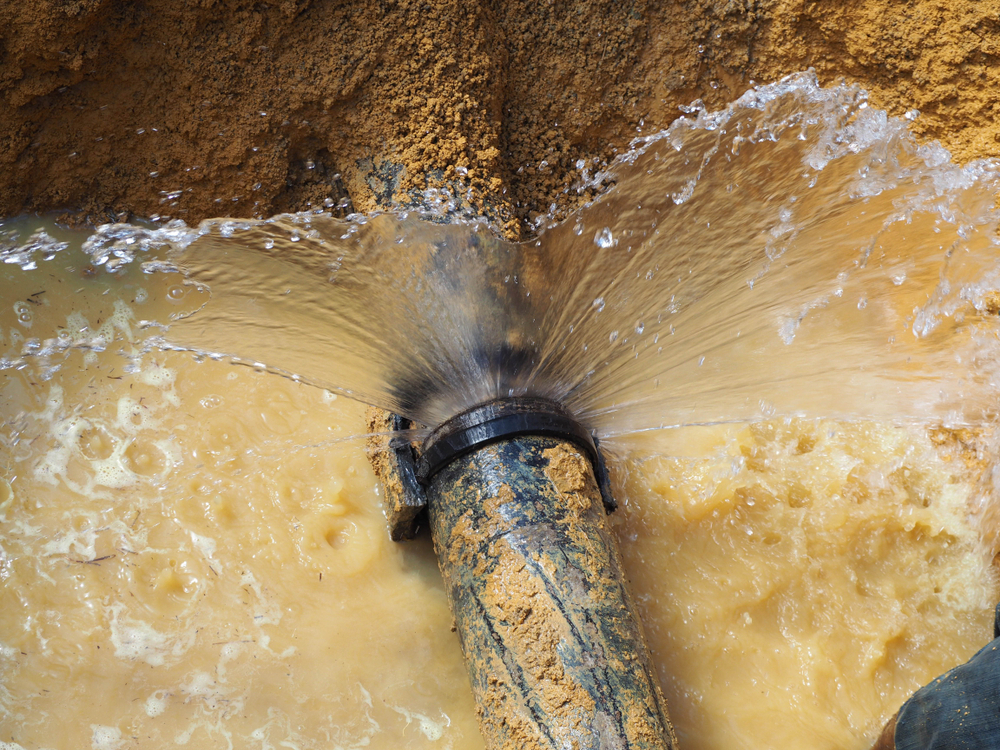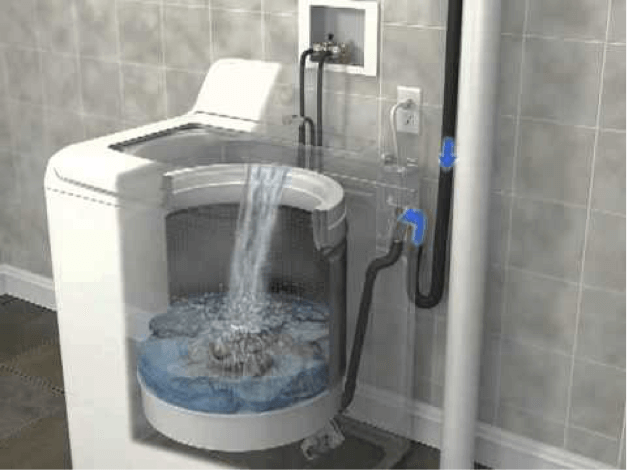Quick-Response Plumbing: Tips for Identifying and Dealing With Burst Pipes
Quick-Response Plumbing: Tips for Identifying and Dealing With Burst Pipes
Blog Article
The content down below pertaining to What to Know Before Installing a Dishwasher is without a doubt enlightening. You should investigate for yourself.

A ruptured pipe is a significant emergency; you can only stand as you enjoy water you pay dearly to reunite with the planet. In worse instances, you discover a pool on your cooking area floor, which is a wonderful trip danger, especially if you have kids around. If the pipeline that burst remained in your walls, problem: you may need to paint that entire section.
Just how can a disaster like a ruptured pipeline be avoided and also taken care of? Well, by listening to your expert emergency plumbing professionals and complying with these regulations.
How do I understand when my pipelines have ruptured?
Fluctuating water pressures
Pipelines do not simply burst in a day. You may have discovered that your cooking area faucet or shower does not run quickly when you transform the tap. It might stop for a few seconds and then blast you with more force than typical.
In other circumstances, the water might appear regular at first, after that decrease in stress after a few seconds.
Contaminated water
Lots of people assume a burst pipe is a one-way outlet. Quite the contrary. As water flows out of the hole or gouge in your plumbing system, impurities locate their method.
Your water might be polluted from the source, so if you can, inspect if your water storage tank has any problems. However, if your drinking water is supplied and also detoxified by the local government, you need to call your plumber promptly if you see or scent anything funny in your water.
Puddles under pipes and sinks
When a pipe ruptureds, the outflow forms a puddle. It might appear that the puddle is growing in size, and also despite the amount of times you mop the puddle, in a few mins, there's one more one waiting to be cleaned up. Frequently, you may not have the ability to map the puddle to any noticeable pipelines. This is an indication to call a professional plumber.
Wet wall surfaces and water stains
Before a pipeline bursts, it will leakage, a lot of times. If this relentless dripping goes unnoticed, the leak may finish right into a large laceration in your pipe. One easy way to prevent this emergency is to keep an eye out for damp walls ad water discolorations. These water discolorations will lead you right to the leak.
Untraceable dripping sounds
Pipe bursts can happen in one of the most undesirable places, like within concrete, inside walls, or under sinks. When the house goes quiet, you may be able to listen to an aggravatingly consistent leaking noise. Also after you've checked your shower head and also kitchen faucet, the trickling might continue.
Beloved visitor, the dripping might be originating from a pipe inside your wall surfaces. There isn't much you can do regarding that, except inform an expert plumber.
Show up the Warm
Set up followers to blow heat into cool spaces. Maintain the garage door shut. If you have lowered water flow, warm the most vulnerable pipelines (typically in cellars as well as crawl spaces or near outside wall surfaces) with a hair dryer. Leave the tap on while you use warm. As you melt ice, the circulation will raise. To avoid pipelines from cold, insulate your wall surfaces.
Beginning Removing the Water
Get the wipe, containers and also a store vacuum to begin to get rid of the water due to the fact that you definitely do not want it saturating into whatever else in your house. Plus, a fast clean up will minimize the opportunities of something getting moldy.
What do I do when I spot a burst pipe?
Your water meter will remain to run also while your water wastes. To minimize your losses, discover the main controls and turn the supply off. The water pipe are an above-ground framework at the edge of your residential property.
How to Fix & Detect a Leaking Pipe
How Do I Know if a Pipe is Leaking?
Leak detection tests can help you determine if your pipe has a leak. Even if you don’t see an apparent leak, you should still conduct leak detection tests regularly to save water and money—and prevent major damage to your home.
Water meter. It can be helpful to figure out what your usual water meter usage numbers are and then monitor them regularly. To monitor your meter, first, turn off all water faucets in your home. Check the meter and write down the numbers. In a few hours, check the meter again. If the numbers have changed, you have a leak. Water gauge. Use a water gauge to test your water pressure. Your showerhead should produce a certain amount of water pressure based on its model and design. If the pressure is lower than it is supposed to be for that specific showerhead, your home likely has a leak. Puddles. Look inside your bathroom, laundry, and kitchen sink cabinets. Puddles around the cabinets or around toilets, tubs, showers, and washing machines indicate the presence of a leaking pipe. You may also notice loose tiles, peeling or flaking paint, or mold caused by water accumulation. Napkin test. Even if you don’t see any puddles, you may still have a leak. You can test for water leaks in the bathroom, laundry, and kitchen by wiping below-sink connections with a napkin, paper towel, or piece of toilet paper. If it becomes damp, you probably have a leaking pipe under the sink. Discolored walls. Walls that are discolored—usually with brown or yellow stains—or bulging might mean that they have been impacted by water damage caused by a leaking pipe. Smell. A leaky pipe will create sitting water, and over time, that water may develop a musty smell. If your home smells musty, but you can’t locate the source, it may be due to a leak. Steps for Fixing a Leaking Pipe
A leaky drain can be remedied by tightening the pipe base, replacing the drain seal, caulking the rim, and tightening the pipe nut. Similarly, a leaking toilet pipe can be treated by tightening the packing nut. You may also need to replace the valve. A leaky faucet may just need tightening or replacement of the washers. If that doesn’t work, consider replacing your faucet. If your pipe has a hole in it, you may want to use a pipe leak sealer or pipe leak tape. This quick fix for water pipe leaks can also temporarily fix a copper pipe leak. https://www.ahs.com/home-matters/quick-tips/how-to-tell-if-pipes-are-leaking/

Hopefully you enjoyed reading our topic on How to install a dishwasher safely. Thank you so much for finding the time to read through our article. Loved our content? Please share it. Help other people check it out. We enjoy reading our article about How to Install and Connect a New Dishwasher.
Visit Link
Report this page